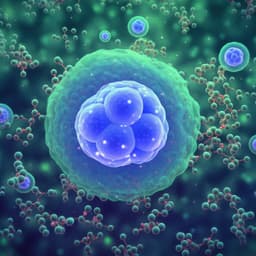
The Arts
Microchemical analysis of Leonardo da Vinci's lead white paints reveals knowledge and control over pigment scattering properties
V. Gonzalez, S. Hageraats, et al.
This groundbreaking research, led by Victor Gonzalez and team, reveals how Leonardo da Vinci cleverly utilized two lead white pigment subtypes in his iconic painting, *The Virgin and Child with St. Anne*. Discover the secrets behind his artistic choices and the optical effects that made his work revolutionary.
Playback language: English
Related Publications
Explore these studies to deepen your understanding of the subject.







